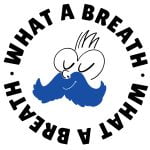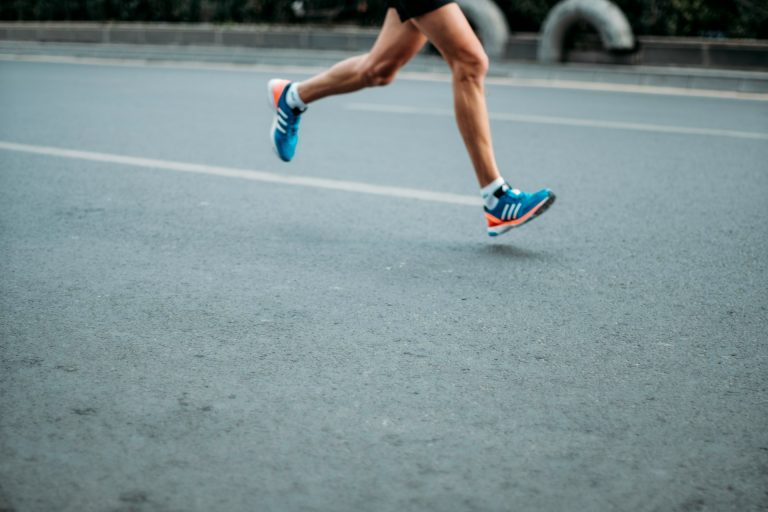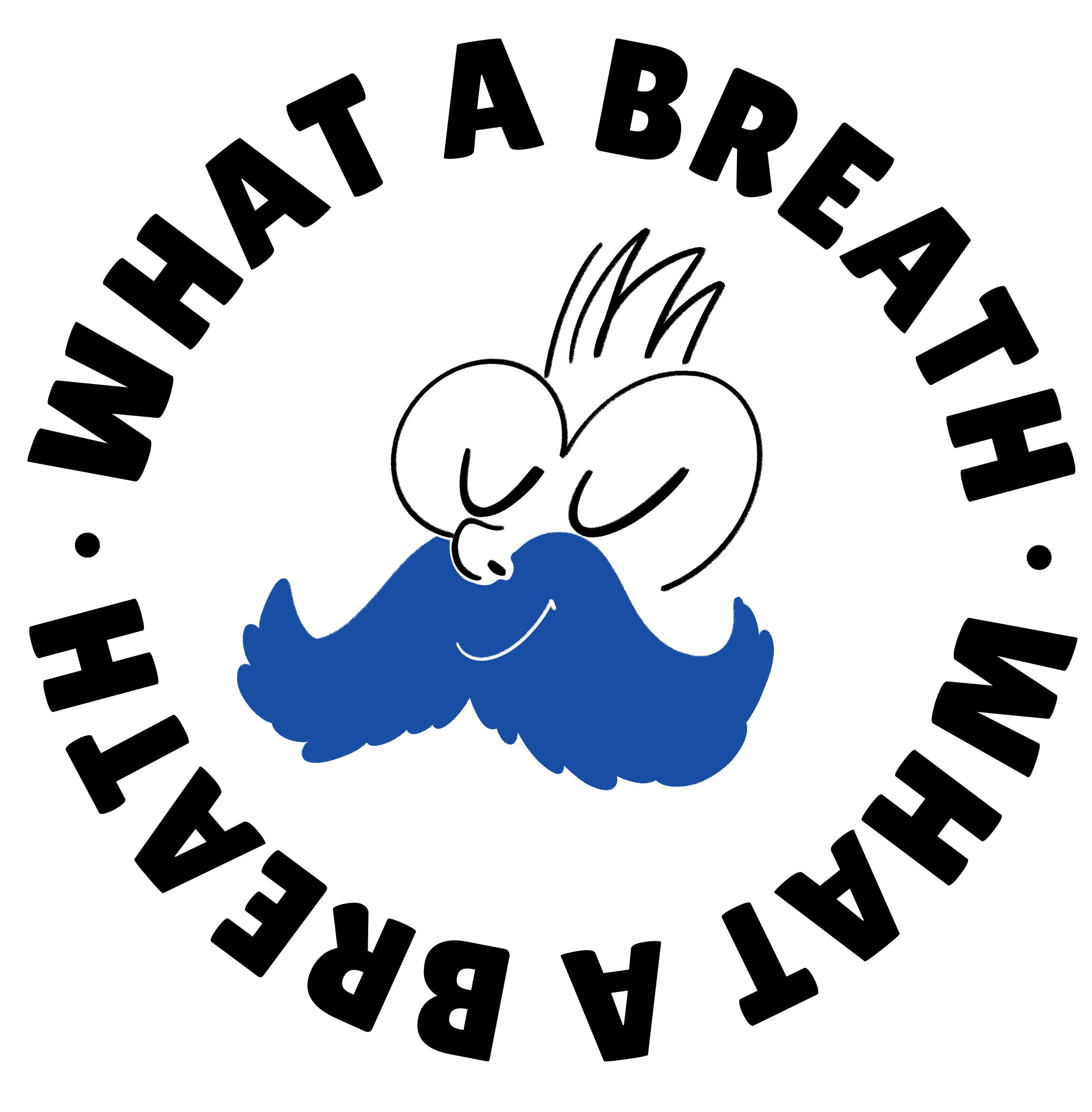Respirare mentre si corre sembra la cosa più naturale del mondo. Eppure, ogni runner — che sia alle prime armi o già esperto — prima o poi si trova a fare i conti con il fiato corto, la sensazione di “respiro bloccato” o il fastidio di non riuscire a trovare il proprio ritmo. Ecco perché imparare a gestire e migliorare la respirazione durante la corsa può fare davvero la differenza, sia in termini di prestazione che di piacere personale.
Breathing in Running: An Often Overlooked Gesture
Quando si parla di running, il primo pensiero va quasi sempre alle gambe: allenare la resistenza, migliorare la forza muscolare, potenziare il passo. Ma in realtà, il respiro è il vero motore di tutto. Non a caso, quando il respiro inizia a “tirare”, anche le gambe sembrano improvvisamente pesanti. Spesso ci si concentra poco sulla respirazione, come se fosse solo una questione automatica. In realtà, si può (e si dovrebbe!) lavorare anche su questo aspetto. Lo stesso discorso vale per il nuoto, che ho approfondito in this post.
Perché il respiro va “allenato”
Nel running, il corpo richiede più ossigeno rispetto a quando si è fermi o si cammina. Se la respirazione è superficiale, l’organismo fatica a ottenere tutto l’ossigeno di cui ha bisogno. La conseguenza? Si avverte la stanchezza prima del previsto e la prestazione ne risente. Lavorare sulla respirazione significa insegnare al corpo a sfruttare al meglio la capacità polmonare, imparare a gestire il fiato e, perché no, a godersi ancora di più la corsa.
The Diaphragm: Your Best Ally
Spesso si tende a respirare “di petto”, cioè utilizzando solo la parte alta dei polmoni. Il problema di questa modalità è che permette di immettere ed espellere solo una piccola quantità d’aria, quindi l’ossigeno arriva in maniera limitata. Il segreto sta tutto nel diaframma, quel muscolo che separa la cavità toracica da quella addominale. Allenare la respirazione diaframmatica consente di riempire meglio i polmoni, ossigenare in modo più efficiente e, di conseguenza, correre più a lungo e meglio.
Un trucco semplice per capire se si sta respirando con il diaframma? Appoggiare una mano sull’addome mentre si inspira profondamente: se la pancia si gonfia, sei sulla strada giusta. Non è scontato riuscirci subito, ma con un po’ di pratica questa modalità può diventare naturale anche durante la corsa.
Rhythm and Coordination: Breathing in Time With Your Steps
Un altro aspetto importante è trovare un ritmo respiratorio che sia coordinato con il proprio passo. Esiste una regola molto diffusa tra i runner: l’“inspirare per due passi ed espirare per due passi”. Questo schema aiuta a mantenere costante il respiro e ad evitare quella sensazione di affanno che arriva quando la respirazione è disordinata.
Naturalmente, il ritmo va adattato alle proprie sensazioni e al tipo di allenamento. In una corsa lenta, potrebbe essere comodo inspirare per tre passi ed espirare per tre. In un allenamento più intenso o in salita, il ritmo potrà cambiare. L’importante è ascoltare il proprio corpo e trovare una cadenza che risulti naturale.
Mouth or Nose? The Question That Divides Runners
Se chiedi a dieci runner come respirano mentre corrono, probabilmente otterrai dieci risposte diverse. Alcuni preferiscono inspirare dal naso ed espirare dalla bocca, altri fanno tutto dalla bocca. In realtà, non esiste una regola universale: durante sforzi intensi, la bocca permette di incamerare più aria e quindi ossigenare meglio i muscoli. Nelle corse lente, invece, si può tentare di respirare dal naso, per mantenere un ritmo più rilassato e “allenare” i polmoni.
Un consiglio utile? Sperimenta. Durante le uscite tranquille, prova a inspirare dal naso e a espirare dalla bocca. Nelle sessioni più veloci o quando senti il bisogno di più ossigeno, usa pure la bocca. Col tempo troverai la combinazione che fa per te.
The Role of Posture in Breathing
Anche la postura gioca un ruolo fondamentale. Una schiena troppo curva o spalle “incassate” limitano l’espansione del torace e ostacolano una respirazione profonda. Durante la corsa, cerca di mantenere la schiena dritta, le spalle rilassate e lo sguardo rivolto in avanti. Questa posizione aiuta i polmoni a lavorare al massimo delle loro possibilità e favorisce un respiro più libero.
Se ti accorgi che stai “chiudendo” le spalle durante la fatica, prova a fare qualche respiro profondo e a sciogliere la tensione con movimenti lenti delle braccia. Piccoli gesti che possono davvero fare la differenza quando la stanchezza si fa sentire.
Specific Workouts to Improve Breathing
Oltre a lavorare sulla respirazione durante la corsa, ci sono esercizi specifici che possono aiutare ad aumentare la capacità polmonare e la forza del diaframma. Un esempio è la respirazione a labbra socchiuse: inspira profondamente dal naso e poi espira lentamente dalla bocca, come se dovessi spegnere una candela. Questo esercizio, ripetuto quotidianamente, aiuta a controllare meglio il flusso d’aria e a rinforzare i muscoli respiratori.
Yoga and meditation, with their mindful breathing techniques, are also great allies for those who want to improve their breathing for running. Just a few minutes a day can make a difference in your workouts.
Learning to Listen to Yourself: The Real Secret
Ogni runner è diverso e ha le proprie sensazioni. C’è chi riesce a parlare tranquillamente durante una corsa lenta e chi invece preferisce concentrarsi solo sul respiro. Il segreto sta nell’ascoltare il proprio corpo: se senti il fiato corto, rallenta e prova a regolare la respirazione. Se avverti tensioni, fermati un attimo e dedica qualche respiro profondo al rilassamento.
Migliorare la respirazione nella corsa è un viaggio che richiede tempo e pazienza. Conon qualche accorgimento, un pizzico di pratica e tanta curiosità, respirare meglio può diventare un vero e proprio superpotere per ogni runner.






